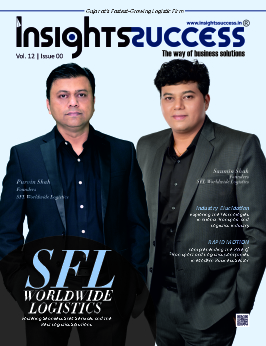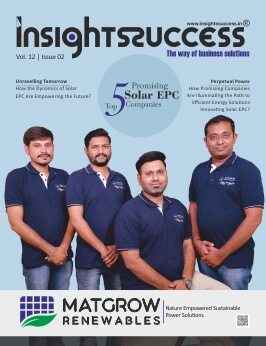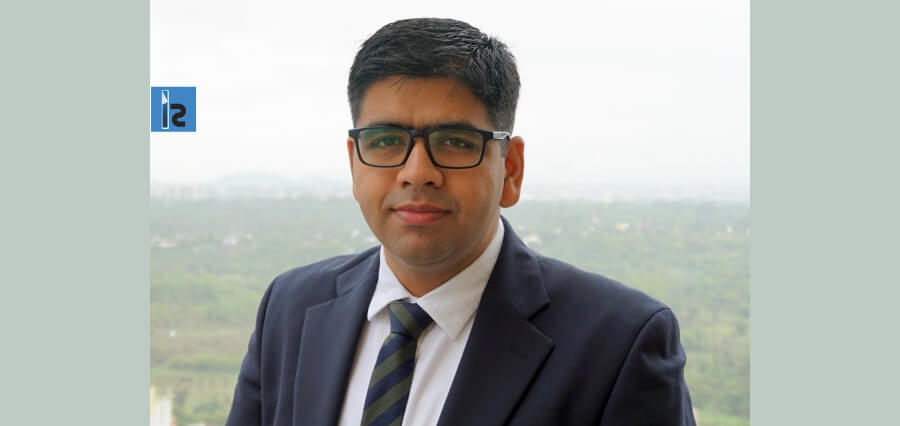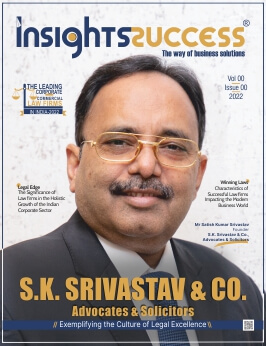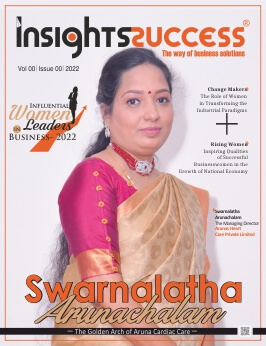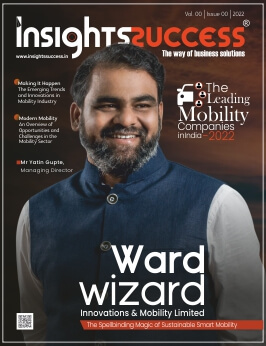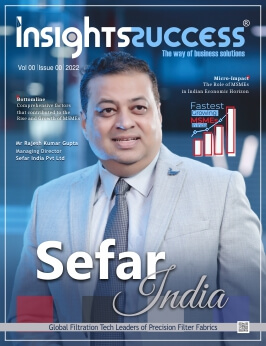The growing awareness of nature conservation and the high need for affordable alternative energy solutions have propelled the innovations in the electric vehicle technology that is steadily gaining momentum in the vehicle industry. The rising fuel prices, maintenance hassles, and air pollution— have all led to a steady shift in the mindset of people, especially the younger generation.
Today’s electric vehicles are far more economical as they run on the battery charge powering a DC motor. Due to the simplicity of the mechanism, these new-age vehicles are lightweight giving an impressive mileage per charge. The market today is having a wide variety of electric vehicles of all kinds and type. Yet, getting the best vehicle that suits the needs and serves the purpose is at times challenging.
In answer to your dilemma, Vayve Mobility has developed India’s first all-electric family car- Eva powered by Solar or direct current. Headquartered in Pune, the company has designed this unique vehicle considering the basic requirements of a family.
In a country like India, where there is ample sunlight for almost eight months of the year, Nilesh Bajaj, CEO of Vayve Mobility came up with the electric car model that will be engineered to self-charge thereby enabling the customers to enjoy a long and uninterrupted journey. This is the most promising and convincing aspect of a ‘smart-electric car’ that supersedes the limitations of other EVs directly.
In an engaging rendezvous with the Insights Success team, Nilesh offered an immersive walkthrough of his professional journey of starting Vayve Mobility, his early inspirations, and the company values. He further elaborated on the challenges faced and countered, his advice to the young professionals and their vision for the future.
Please brief our audience about Vayve Mobility Pvt Ltd, its USPs, and how you are currently positioned as one of the best Mobility Solution Providers.
Vayve Mobility aims to redefine Urban Mobility by creating innovative electric vehicles driven by smart engineering and design.
Currently, the focus for new EVs by established OEMs is towards cars in bigger form factor and batteries to provide a range of 500+km, these are being launched primarily with the thought of replacing fast-selling models with Electric Drivetrains. We, at Vayve, believe to enable the mass adoption of EVs- more practical and accessible vehicles need to be launched.
Tell us more about Vayve Mobility’s offerings and what aspects make it stand out in the cutthroat competition.
Exposure to harsh environmental conditions (heavy rains, high temperature, pollution, noise) and lack of safety render Two-Wheeler unsuitable for the daily needs of an upscale urban commuter. And at the same time, increasing city traffic congestion make Four-Wheelers difficult to handle and park.
“Average occupancy in a car is less than 1.5 pax. We want to challenge the status quo by introducing a two-seater car which meets the need of city commuters for 95% of their daily use.”
Hence there is a crucial need for a purpose-built, all-around efficient city car for markets in India, the Middle East, Africa, Latin America, and South-East Asia.
We are building an electric smart car for urban personal mobility. Eva aims to establish a new category of electric vehicles for personal mobility and accelerate mass EV adoption, starting in India. Eva seats two adults and one child and has a narrow body configuration (1m wide × 3m long) for nimble movement in traffic and ease of parking. Built electric from the ground up, the car is very efficient at 20+ km/kWh, uses a proprietary modular battery design, and has active liquid cooling for battery safety and longevity. An optional Solar Panel would add 3000+ km of range every year.
“Eva has a range of 250 km+, which requires charging only once or twice a week, being fully charged in four hours using a 15A electrical socket available at your home – a charging rate which approximately adds Ten km of range in Ten minutes of charging.”
It also supports DC Fast Charging and can charge 80% in One hr. An acceleration of 0-40kmph in Five seconds makes it a peppy vehicle to drive in the city.
Eva has a Seatbelt for all passengers, a driver airbag, and a safety crumple zone.
The interiors of the car are highly functional and based on the principle: A place for everything- Everything in its place. The design philosophy is geared towards providing our commuters with the convenience and comfort they want in their daily drive.
Please brief us about your journey in the industry.
I hold an M.Tech. in Control Systems and Engg. from IIT Mumbai.
I have over 11 years of experience in product delivery in high-performance computing, large-scale IoT, and real-time systems. My earlier startup designed and manufactured 100k+ audience meters for the world’s largest television rating measurement system in India. As part of the research team at IIT-B, they developed multi-terabit telecom-grade routers for ECIL-Hyderabad. My passion for cars inspired me to start this venture on smart mobility solutions.
Being an experienced leader, share your opinion on how the adoption of modern technologies like AI and ML is impacting the Mobility Solution space and how is Vayve Mobility adapting to the change.
The smart cities market is valued to reach over $2 trillion by 2026. Smart Traffic systems are being tested for improved traffic management and safety. AI enables real-time traffic updates, the most widely used feature on Navigation Apps to choose the best-suited route. With Public Transport being connected, occupancy information is available at the fingertips now. Autonomous vehicle technology is continuously evolving, and the application of smart systems for managing city transportation/ cargo deliveries has picked up.
Our company is working on ADAS Technology- backup cameras, blind-spot warning sensors, lane departure/ forward collision warning systems, adaptive cruise control, parking assist, etc.
Considering the current scenario, what initial challenges did you face and what are the challenges now, and how did you overcome them?
Our prototype was completed by Aug 2021 with limited availability of personnel and supply chain challenges due to COVID-19 restrictions. We learned a lot from the first rule, as we realized customer perceptions of three wheels caused them to worry about the stability of the vehicle, despite engineering studies attesting to stability being close to four-wheelers. Since the voice of the customer is most important, we made a pivot to use a compound (twin) wheel in the rear, with confirmation from ARAI that this configuration is acceptable in L5 standards. This improved in real stability but provided a huge increase in customer acceptability. This is an industry first for this category.
In parallel, we made improvements in mechanical engineering, drivetrain choices, battery chemistry, battery format, and proprietary cooling system design. We invested time and effort in supplier development to utilize the maximum percentage of proven auto industry parts. Our vision and execution work impressed Mr. Dinesh Dani to join us part-time to bring his decades of industry experience towards vehicle engineering, integration, and supplier development.
Vehicle aesthetics and interior design are the biggest factors in a customer purchase decision. Here we were very fortunate to have Ms. Kripa Ananthan review our approach and be motivated to join us part-time as well. Over the past six months, we have been working on a detailed MVP chassis. We have since expanded our team of in-house engineers and set up our workshop which has accelerated our ability to produce chassis versions. We now have a road-tested MVP chassis for our car.
We have partnered with Studio 34, a leading car design studio, to complete our vehicle styling and interior design. Studio 34 will also produce the first complete vehicle using the final styling choice, to be unveiled at the Delhi International Auto Expo in Jan 2023.
How do you envision scaling Vayve Mobility’s operations and offerings in the future?
Mini-mobility would be the next big thing in Urban-Mobility because of the efficient use of resources and smaller form factor. We plan to launch products in this segment.
In the next few months, our engineering team will be working on further refining our current vehicle, plus a taxi version with a driver plus four passengers and 400 L luggage capacity. Both these variants will be on our signature chassis platform, optimized closely to their respective markets and use cases.
We plan to vertically integrate and bring battery pack technology, motor- controller, and motor in-house by 2025, considering these are the most critical components in an EV giving us better control of the product development cycle.


